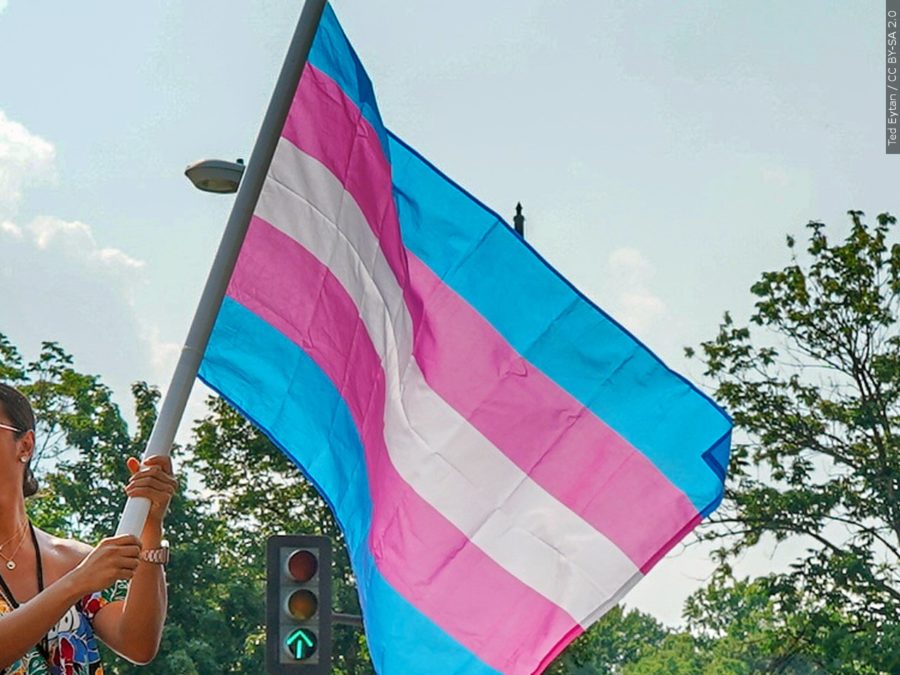Scholarship changes have been rolling out since fall 2018 when Weber State University first announced changes to the financial aid policies regarding scholarships.
The changes began with how academic awards would be given. The old model sported one- and two-year academic awards that had to be renewed; the new system guarantees four-year awards, which do not have to be renewed.
Along with the changes to the length of the award, the GPA requirement was lowered to a 2.5 minimum for all scholarships except the presidential, which remains at 3.25. In addition, the amount of semester credit hours was lowered from a 15 minimum to a 12, also for all but the presidential scholarship.
In order to compensate for the guaranteed four-year awards, however, the awards cap was lowered from 150 percent to 125 percent in the 2018-2019 school year.
Original plans called for a further shift from 125 percent to 100 percent in the 2019-2020 school year, although an announcement in Sept. 2018 allowed for an extra year before the 100 percent cap was implemented.
Starting in 2020, non-resident transfer student scholarships will increase from $5,000 to $8,000 at the highest level. International students will also have a $2,000 increase from the current $6,000.
The way scholarships currently stack is that all institutionally-controlled funds are used first. Then federal grant or loan dollars are used. Under the new system, academic awards will be used first, then federal grant money will be used. Finally, all other institutional funds have a descending order in which they are applied.
If both the academic and federal grant money are equal to 100 percent or more, all of the remainder will be paid out to the student, but it also will make the student ineligible for all other waivers and most departmental awards.
Since the announcement, there have been revisions the above plan, which began to take place in Fall 2018. This plan will continue making incremental changes until Fall 2020, with the scholarship stacking change being the last aspect to change.
“Since September, we have reexamined the cap that initially we had intended to move down to the 100 percent cap on tuition and fees,” Provost Madonne Miner said. “We heard a lot of concern about that, so have pushed the cap back up to the 125 percent. It will remain a 125 percent ongoing.”
There was large outcry among students and faculty about the 100 percent cap. Many students use over-capped scholarship money for living expenses, books and other school-related monetary commitments.
“We’re hearing from faculty and staff on both ends of the spectrum, whether the policy was disadvantaging underprivileged students or disadvantaging students with really high academic records,” WSU President Brad Mortensen said. “There was concern about moving to a 100 percent cap and Norm Tarbox, when he was president, said ’let’s freeze this and take time to hear from folks and hear their concerns.’”
Although the 125 percent cap remains, not every scholarship can be applied to students above 100 percent of tuition and fees.
Waivers, both academic and activity, cannot be applied above 100 percent. This is because waivers reduce money students need to pay, rather than paying for the student in his or her stead. In other words, rather than pay money for the student, waivers appease the need for payment for a student in place of fees.
Cash awards will be eligible to be paid above the 100 percent cap. Department scholarships that pay out hard cash to the institution, rather than by waiving tuition and fees, can be paid out up to 125 percent as well since it’s money paid by the department to the school.
All private donor scholarships paid through the institution are bound by agreements signed by the donor. Some of the scholarships allow for the student to receive the entire amount no matter how much money they have earned — even if it is above the 125 percent cap.
Others have agreements that the scholarship only pays out to 100 percent of tuition and fees. Each private donor scholarship varies. However, students who enrolled in Fall 2018, except for non-residents, are not eligible for the four-year awards.
“We have to start somewhere,” Associate Provost Bruce Bowen said. “We can’t grandfather everyone in.”
Additionally, all scholarships, including the presidential scholarship, will have a minimum of a 2.5 GPA and only require 12 credit hours. This was specifically advocated for by the Honors Program.
According to Miner, the 3.75 GPA intimidated students and discouraged exploratory class-taking. The Honors program argued for a lower GPA to allow students to take harder classes without risking their GPA.
“After considerable discussion and after hearing from the Honors program, we have moved to the 2.5,” Miner said
Though there was support from the Honors Program for the lowering of the GPA, it was not universal. Many argued that students at this level should be held to a higher standard. However, in the interest of the students, the GPA minimum to retain scholarships was lowered.
“One of the things that Jed Spencer did was to look at the number of students last fall who’re receiving scholarship, who if they had been held to the 3.75 and the 15 credit hours, would not have been able to keep the scholarships this spring,” Miner said. “It was a pretty large number. Most of us that reviewed the data went ‘oh, we don’t want to penalize students that way.’”
The change does not affect every student. Those who are enrolled in or before Spring 2018 are not eligible for the GPA minimum change. Those who are residents who enrolled for the Fall 2018 semester are also not eligible. Non-residents who enrolled in the Fall 2018 semester are eligible for the minimum GPA change.
“Students who entered under an old program are bound to those requirements, kind of like the catalog of entry,” Miner said.
The reason for the GPA change was also the reason the credit hour requirement was lowered from 15 to 12. In order to stay on a four-year graduation track, it is necessary to take 15 credits in the fall and spring or to take 30 in an academic year.
The original program, 30-in-3, will be phased out as the credit hour requirement has been lowered. Part of the reason for this program was not only to help students graduate on the four-year track, but also to provide summer funding, as the federal government had stopped allowing Pell Grants to be applied during summers. This provided funding for those finishing their 30 credits.
Because of the rigorous nature of some of these courses, it was decided that it should not be necessary for every student to take 15 credits every semester to maintain a scholarship.
A large reason behind these changes has been helping retain students over time. The hope is that with the four-year award, students will be able to stay at Weber State and get to graduation.
“Our main goals are to recruit new students, retain our students, and get them to graduate,” Bowen said.
Retention in 2018 was 75.5 percent, up from 74.6 percent in 2017 and 73.8 percent in 2016. By keeping students at WSU, the intention is to help them graduate faster and with less debt.
“We are trying to help as many students as we can,” Vice President of Student Affairs Brett Perozzi said. “The four-year scholarship will benefit many students and help keep them here at Weber State.”




















